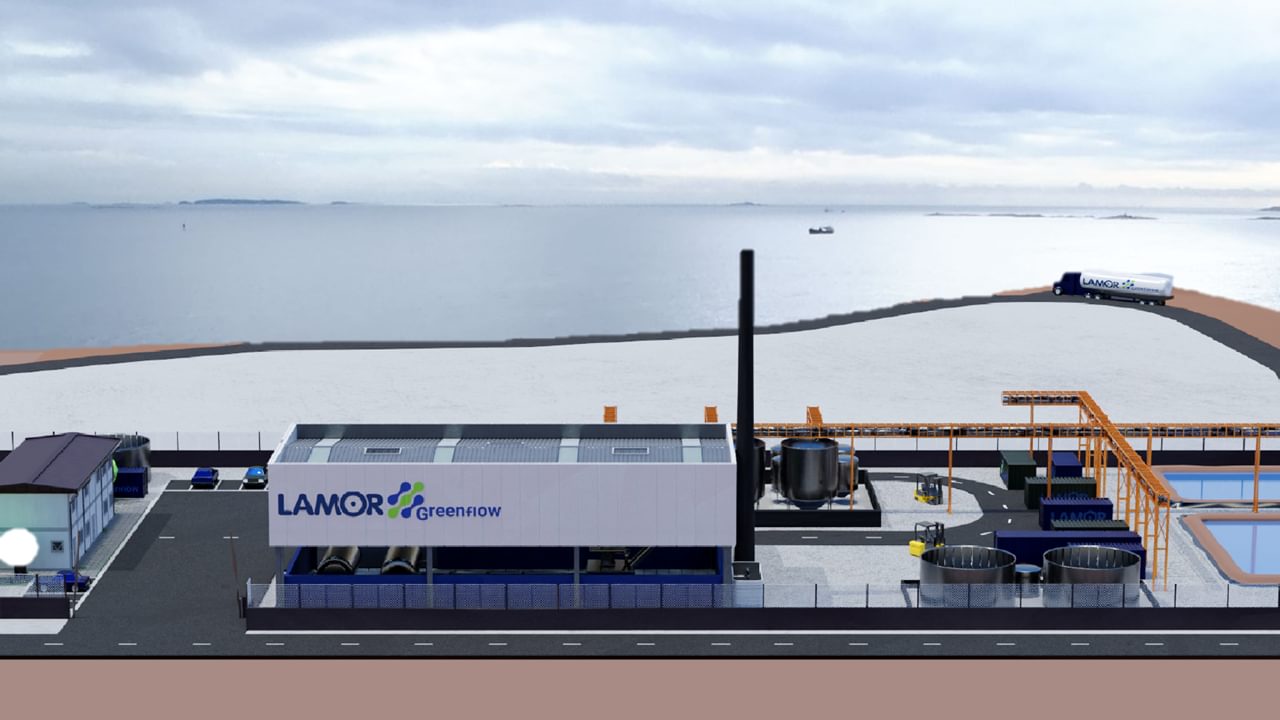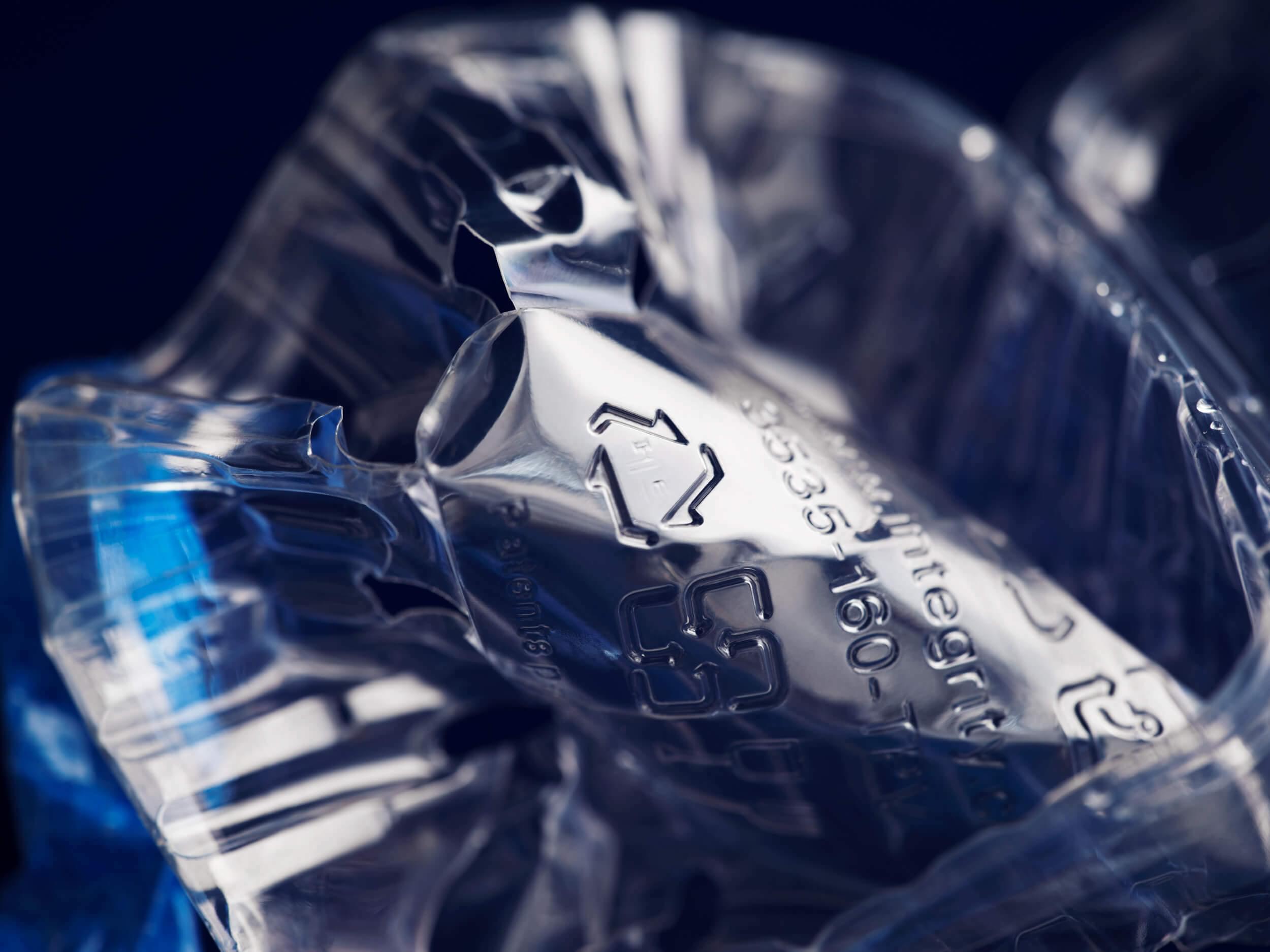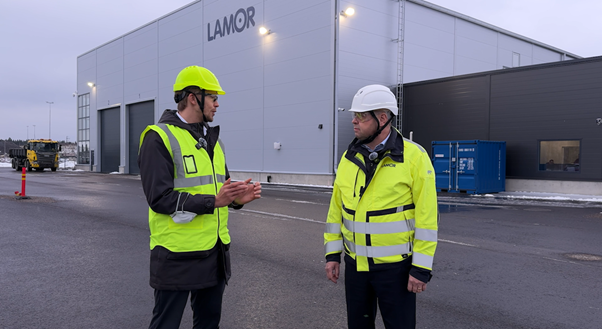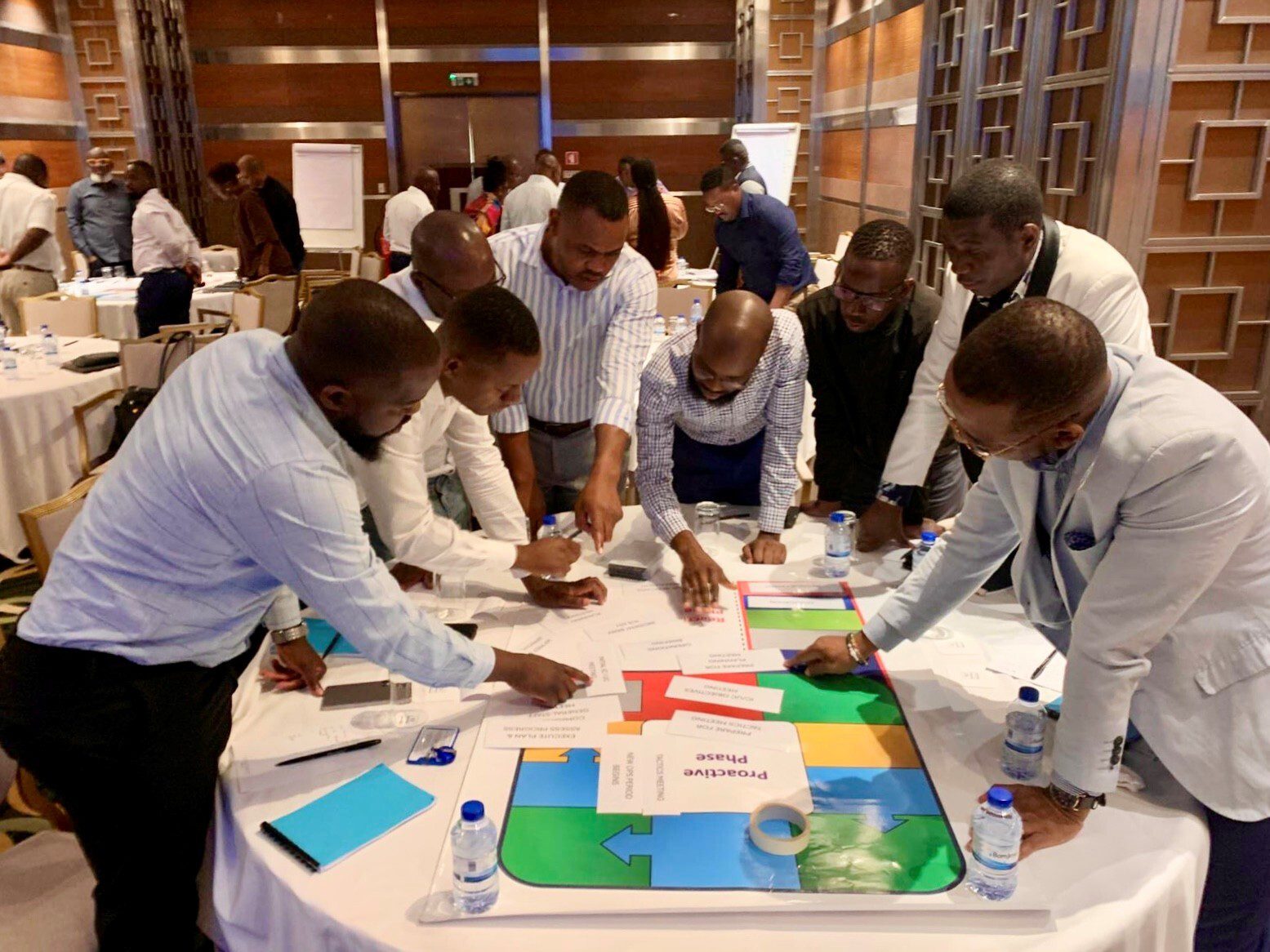Blog: MARPOL compliance is becoming a strategic advantage

As global shipping volumes rise, so too does the environmental responsibility placed on the ports that serve them. Ports today are not just transit hubs — they are crucial environmental gatekeepers. The International Convention for the Prevention of Pollution from Ships (MARPOL), adopted by the International Maritime Organization (IMO), remains the world’s most comprehensive framework to prevent ship-sourced pollution.
The MARPOL Convention includes six annexes that cover pollution from oil, harmful substances in bulk, sewage, garbage, and air emissions. These annexes require that ports provide adequate and functional Port Reception Facilities (PRFs) to handle waste generated onboard vessels.
Ships must discharge oily bilge water, sludge, chemical tank washings, sewage, and solid waste such as plastics and food residues in a controlled and legal manner — most commonly at ports. Without appropriate reception and treatment facilities, this waste may be illegally discharged at sea, causing lasting environmental harm and breaching international law.
What shipping companies expect from ports
In today’s environmentally conscious world, major shipping companies are making port selection decisions based on sustainability and service availability.
Ports must now provide:
- Quick and compliant waste reception to avoid vessel delays
- Advanced treatment systems
- Onshore Power Supply (OPS) to minimize emissions while berthed
- Digital waste tracking and documentation
This is especially critical in regions that handle high-risk cargoes, such as chemical tankers or cruise ships, which generate larger and more complex waste streams.
The 2030 horizon: What’s changing?
The maritime industry is on a clear trajectory toward stricter environmental regulations and decarbonisation. The pressure isn’t just regulatory. Cargo owners, financial institutions, and insurers are increasingly holding ports and shipping operators accountable for environmental performance.
By 2030, ports will face:
- More robust enforcement of carbon intensity rules
- Expansion of Emission Control Areas (ECAs) requiring cleaner fuels
- Greater scrutiny of plastic and hazardous waste handling
- Digital compliance reporting as a standard feature of port operations
The demand for MARPOL-aligned port services is accelerating. It is estimated that the port waste reception market is set to reach USD 21.3 billion by 2030. Emerging maritime economies in South Asia, Africa, and Southeast Asia are now investing in environmental upgrades to attract international shipping lines and remain competitive.
A proven model: Lamor at Mongla Port
At Mongla Port in Bangladesh, Lamor together with waste technology supplier, Greenflow, implemented a full-scale, MARPOL-compliant solution — a model for how environmental infrastructure can transform a port's reputation and performance. It includes:
- Waste collection, reception and treatment for oil, sludge, sewage, and garbage
- 24/7 spill response readiness, with trained local teams and pre-positioned equipment
- Capacity-building programs for port staff and environmental officers
The result will be that Mongla Port achieves full MARPOL compliance, leading to a increased ship calls, and reduction in pollution-related incidents.
At Lamor, we see MARPOL compliance and port protection not as an obligation, but as an opportunity — for ports to become sustainable, efficient, and attractive partners in global trade. With over 40 years of experience in environmental protection and waste treatment, we are uniquely positioned to support port authorities, terminal operators, and governments as they navigate new regulatory challenges.
Our mission is to protect the environment while creating value for our partners. As ports prepare for 2030 and beyond, Lamor stands ready to lead with proven field-tested solutions, technology, and a deep commitment to environmental stewardship.
Stay in the know
Sign up for our newsletter to learn more about innovations enabling the survival of our dear planet.

















